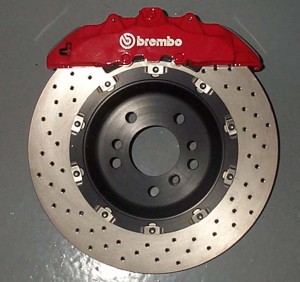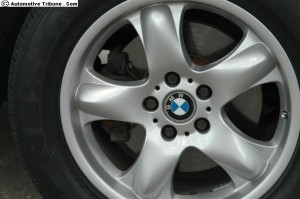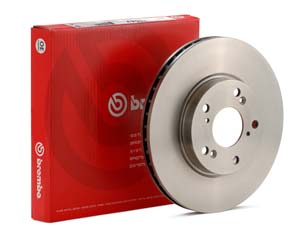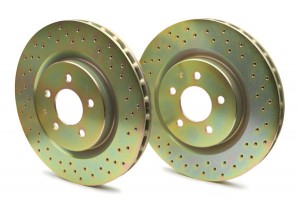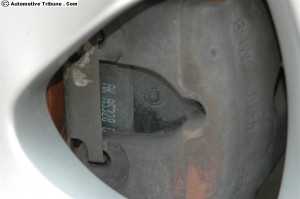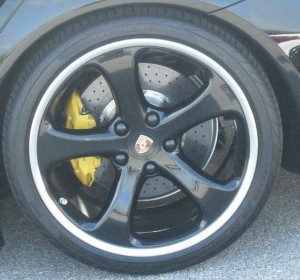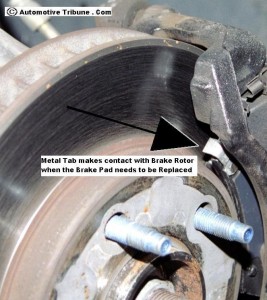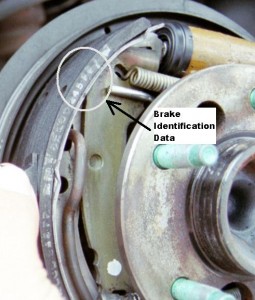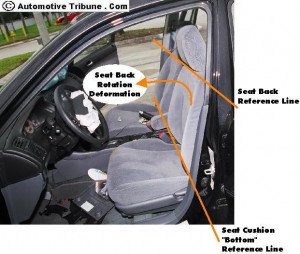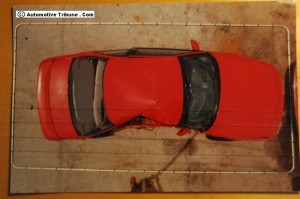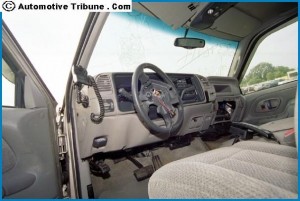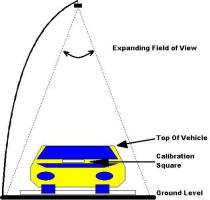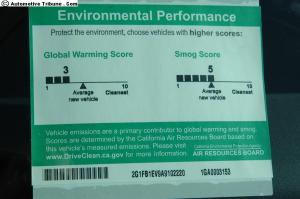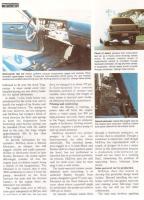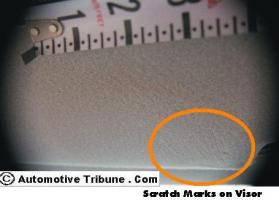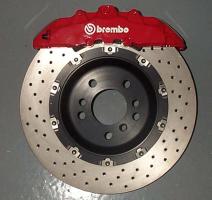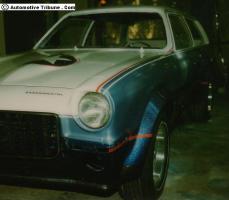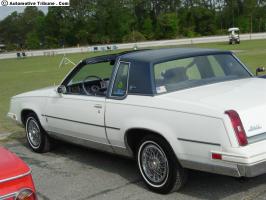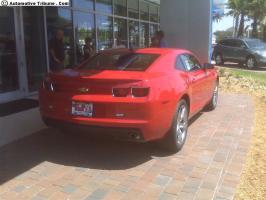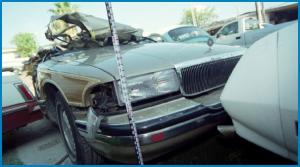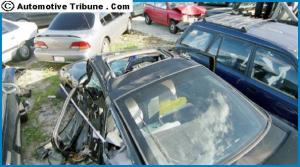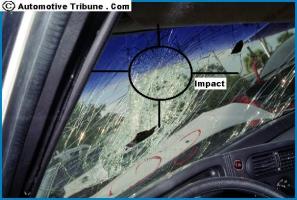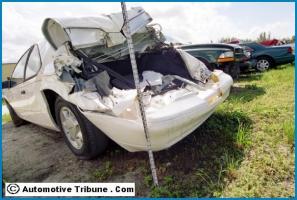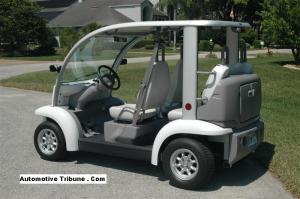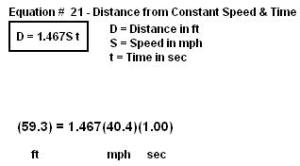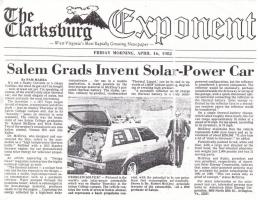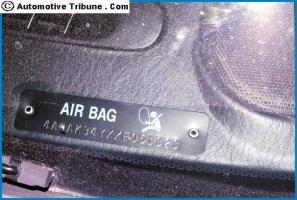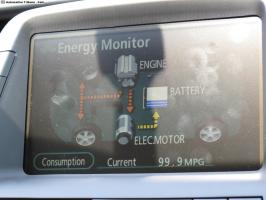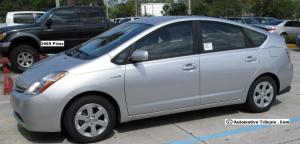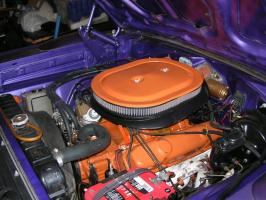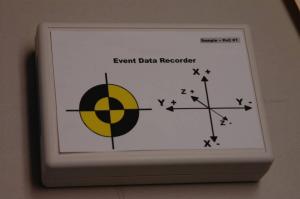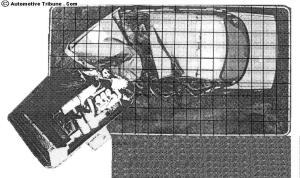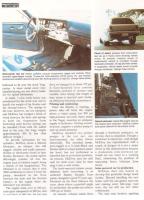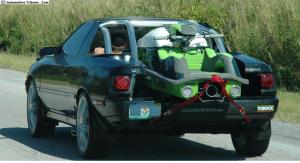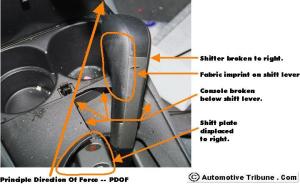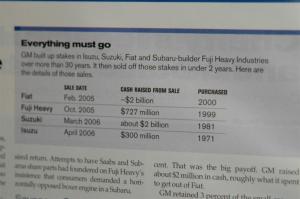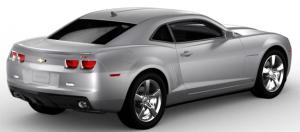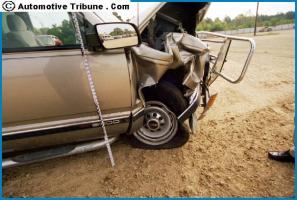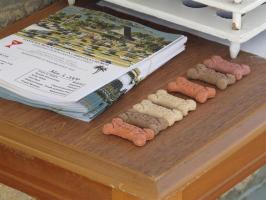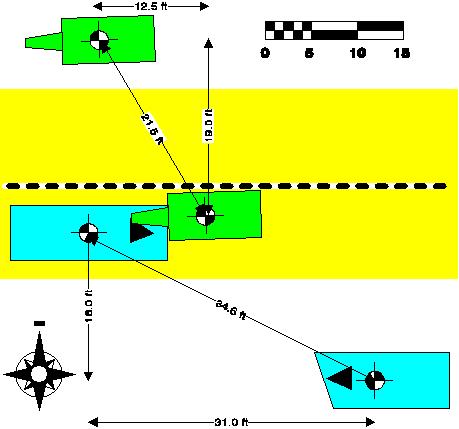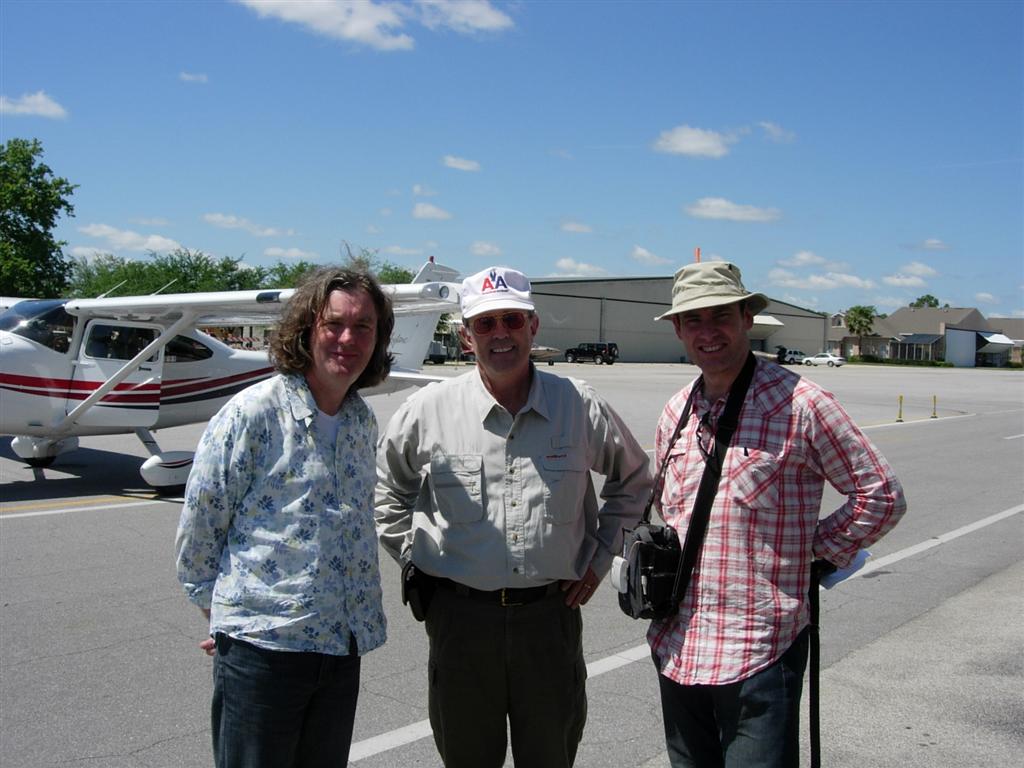Brake Job Maintenance
Brake Work Foundation Issues
Brake work can be simple to complex, easy to impossible, and is absolutely something that must be done correctly. Your life and the life & well being of others rides on the integrity of the repair.
 This article will address some of the specific issues associated with how your editor did a recent brake pad and brake rotor replacement. If you are not skilled, proficient, and have the proper tools then leave this to a professional.
This article will address some of the specific issues associated with how your editor did a recent brake pad and brake rotor replacement. If you are not skilled, proficient, and have the proper tools then leave this to a professional.
Failure is not an option!
3 Steps In The Brake Job
Doing a brake job typically involves three steps: figure out what you need, get the parts, and install the parts.
Depending on your level of mechanical talent and available facilities, tools, and equipment you may want to install the brake parts yourself or hire a professional. As for determining what parts to get, you may or may-not turn that over to the professional brake installer.
Subject Vehicle
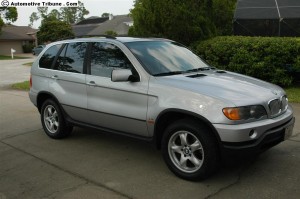 The brake work will be on a 2001 BMW X5 with the 4.4L engine. This is a solid and fun vehicle that gets mediocre gas mileage. It is also fairly heavy and generates a lot of brake dust on the front wheels with the OE (Original Equipment) type of brake pad.
The brake work will be on a 2001 BMW X5 with the 4.4L engine. This is a solid and fun vehicle that gets mediocre gas mileage. It is also fairly heavy and generates a lot of brake dust on the front wheels with the OE (Original Equipment) type of brake pad.
What Do You Want Your Brakes To Do?
Before doing the brake job two issues were identified. First was reduction or elimination of brake dust. Second was the fact that the front rotors were worn and would need to be replaced as part of normal maintenance.
Internet research into owner comments about how their brake linings worked hot, cold, wet, dry, noise, pedal pressure and brake dust were reviewed. There is no shortage of owner comments about brakes and after broad and focused researching of the subject decided that Akebono Euro ceramic pads were the best selection to address my highest concerns of safety and cleanliness or more specifically wet weather braking and brake dust.
Brake Component Options
Brake rotors on the X5 are designed to wear away and are therefore, consumable. OE brake rotors are by Brembo with vented rotors front and solid in the rear. It was decided to replace both front and rears although only the front rotors were at the end of their service life.
 BMW front and rear brake pads incorporate a rather simple but elegant brake wear indicator. The small and inexpensive sensors attach in the pad and when the pad is about worn out the sensor is ground through which turns on the Brake Light on the instrument cluster. One sensor is for the front axle and one sensor is for the rear axle. It is not totally foolproof to eliminate the possibility of a destroyed rotor but if the system is balanced in braking force then the driver will be notified in advance of metal-to-metal contact.
BMW front and rear brake pads incorporate a rather simple but elegant brake wear indicator. The small and inexpensive sensors attach in the pad and when the pad is about worn out the sensor is ground through which turns on the Brake Light on the instrument cluster. One sensor is for the front axle and one sensor is for the rear axle. It is not totally foolproof to eliminate the possibility of a destroyed rotor but if the system is balanced in braking force then the driver will be notified in advance of metal-to-metal contact.
Parts Availability
After determining that this brake job would include Akebono Euro ceramic pads matched to replacement OE Brembo rotors then the decision was where to source from? Spending a few minutes with eBay Motors and searching for BMW X5 Brakes proved to be the right decision. About 300 listings came up and I found a vendor that could provide the specific parts needed at a competitive price. Replacement sensors were also ordered but were not needed.
It can be a real challenge when researching available components. However, making this selection properly will ensure that the vehicle performance is consistent with the functional requirement and budget established.
Replace Pads & Rotors
Changing the brake pads requires caliper removal. Removal of the rotors is more challenging. Rotors fit over the hub and after 70,000 miles and 7 years an acetylene torch (smoke wrench) was required to heat the rotors to expand the rotor and then application of a large hammer to break the bond between rotor and hub. It is amazing what water and age can do to bond these components together.
Road Test
With the new brake parts installed the car drives great and brake dust is essentially eliminated. This was a successful mechanical project.
It is interesting to note that a great deal of time and effort were spent before actually performing the maintenance. Good foundation work resulted in a technical outcome that was precisely as planned. That type of outcome and work is something that you can take pride in!

